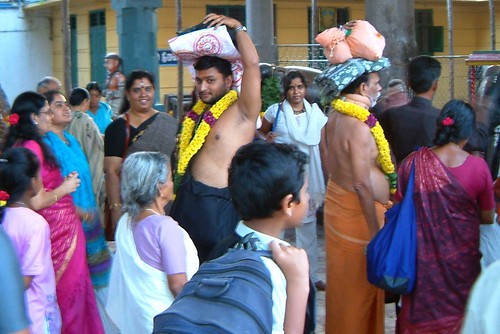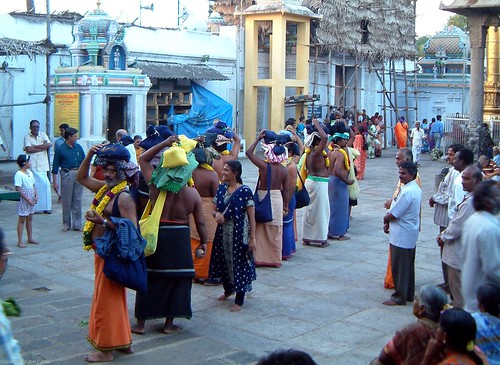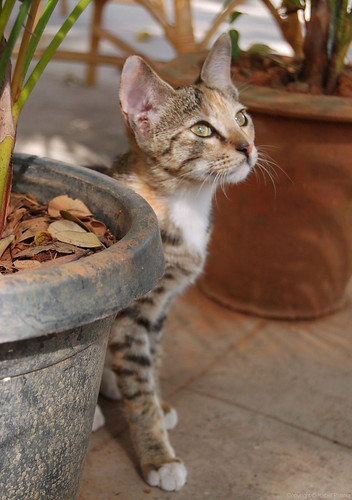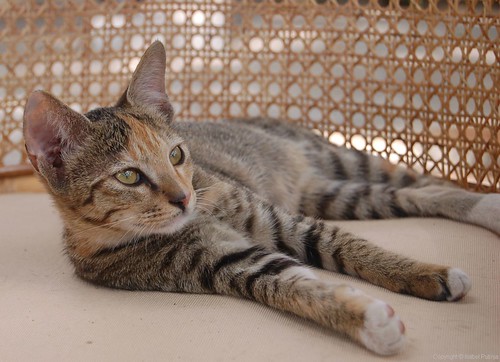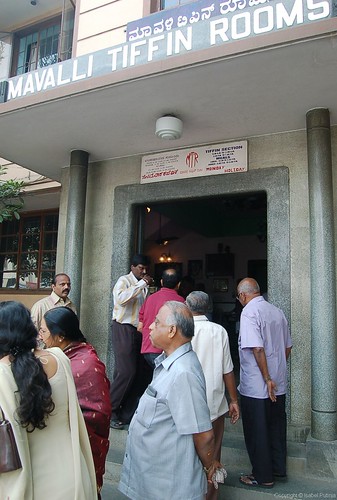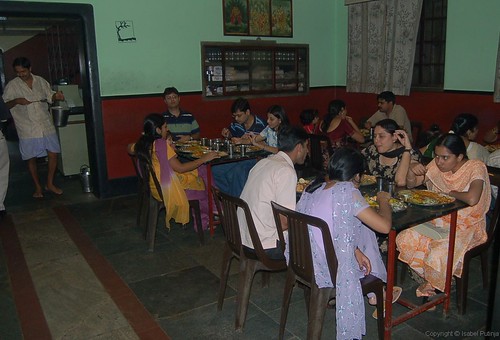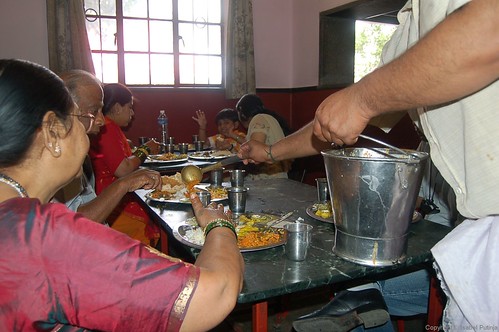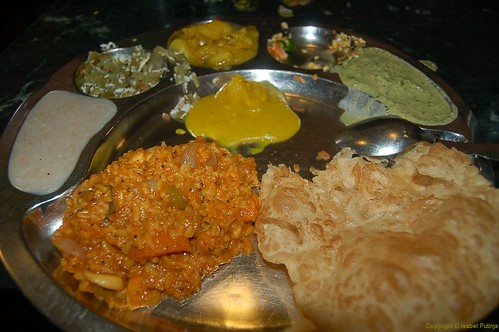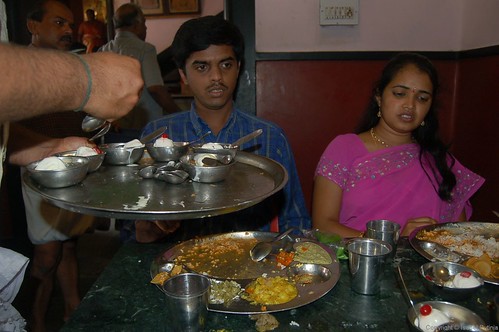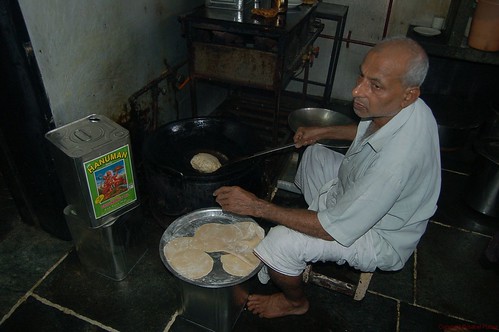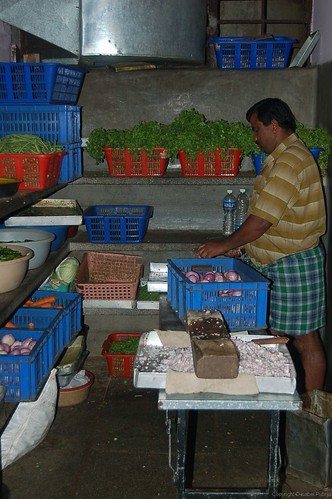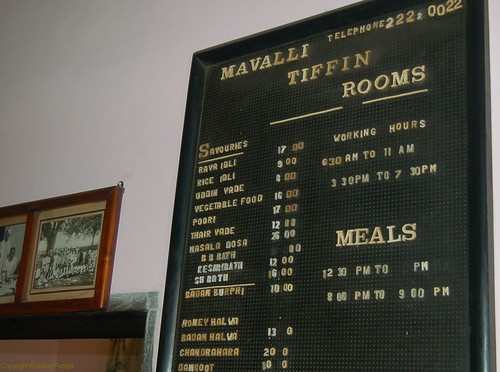
Bangalore is India’s fifth largest city and the fastest growing. The city’s infrastructure is struggling to keep pace with this growth. One of the city’s problems (though this is problem for all Indian cities) is traffic congestion. There are 3 million vehicles on Bangalore’s roads but the transportation infrastructure only has the capacity to accommodate 800,000 at present.
Most people get around on scooters or motorcycles (referred to as ‘two-wheelers’ here). There are 2.1 million two-wheelers plying the roads. This is an economical mode of transport and a convenient way of weaving out of traffic jams, but perhaps not the safest way to get around. By contrast there are 476,000 cars. This is a mode of transport reserved only for those who can afford to buy a car. Many people prefer to have someone else negotiate the impossible traffic so they have a personal driver whose job it is to take them from A to B.
Those who don’t have a vehicle have to rely on city taxis, auto rickshaws or the public transportation system. Bangalore doesn’t have the black and yellow taxis common in cities like Bombay or Calcutta that you can hail in the street. If you want to use a taxi service, you have to phone them first and they will come to pick you up at the appointed time and place. Most of these taxis are white Maruti Suzuki Omni minivans or white Tata Indicab cars. Cheaper than taxis are the 94,440 auto rickshaws that ply Bangalore's roads. Drivers must wear a beige uniform, display their permit and use the meter which makes taking an auto rickshaw easier than in other Indian cities where you have to haggle long and hard to get a reasonable fare. There are 5 million commuters who travel by bus every day. Buses are overcrowded during peak times and it's common to see people precariously hanging out of the doorways. Work has begun this year on a metro line which will ease stress on the public transportation system and hopefully alleviate traffic congestion, but Bangaloreans have to wait a few more years to be able to benefit. Another common mode of traffic is the good old bicycle which usually carries at least two and sometimes three passengers!
When it comes to traffic accidents, Bangalore is the third-most dangerous city in India. Every day the paper gives a round-up of traffic accidents. I’ve included a few examples from Tuesday’s paper below:
Four persons were killed in road accidents reported in the city on Saturday. Suraj (24), an employee of ITPL, was killed when he was run over by a water tanker on Saturday. The incident occurred when Suraj, a resident of Dwarakanagar, was walking near Chikabanawara. Suraj died on the spot. The Peenya Traffic police have registered a case.
A Karnataka State Road Transport Corporation (KSRTC) bus ran over two persons near Kadumane Hotel, in the Bidadi Police Station limits on Saturday. The police gave the names of the victims as Rajesh Chowdry (30) and Rakesh (25). They said that the two were heading on a motorcycle to their houses in Bidadi after finishing night shift at a factory nearby when the bus, coming from Mysore, ran over them, killing them on the spot. A case has been registered.
In another accident in the early hours of Sunday, a person died on the spot after a car hit him at Kodigehalli, near Sanjeevaninagar, in the Hebbal Traffic Police Station limits. The victim has been identified as Nagaraj (36), a tea shop owner. The police said that the incident occurred when Nagaraj went to open his tea shop at around 5.30 a.m. and accidentally stepped on a dog that was sleeping near the shop’s entrance. He ran when the dog started chasing him and came right in front of the car, which hit him. He was killed on the spot. A case has been registered.
(The Hindu, Tuesday, 4 December 2007)
This year so far there have been 7079 traffic accidents and 808 deaths due to these accidents registered with the city traffic police. Last year these figures were 7561 and 915 respectively. Inadequate infrastructure and overcrowded roads are put to blame as well as the poor maintenance of roads, a shortage of traffic policemen, reckless driving, disregard for traffic rules and inadequate emergency services. Driving at night is especially dangerous because of poor lighting in some areas, traffic lights which are ‘switched off’ during the night, and some bad habits on the part of motorists, like not turning on headlights (in the case of some two-wheelers and auto rickshaws) and using high beams (in the case of many car drivers).
The monsoon season also takes its toll on Bangalore’s roads. Huge potholes appear virtually out of nowhere, seriously hampering traffic as vehicles are forced to slow down to avoid them. There are so many potential hazards to be on the look out for – potholes, pedestrians, bicycles, cows, hazardous drivers – that it’s seldom necessary to switch to a gear higher than third gear! Now that the weather has become drier and the monsoon rains have ceased, the roads’ potholes have been patched up. There are other measures that are being taken to reduce traffic congestion and improve the circulation of vehicles like the construction of fly-overs and separators, the widening of roads and the introduction of one-way systems but still somehow traffic does not seem to ease up.


